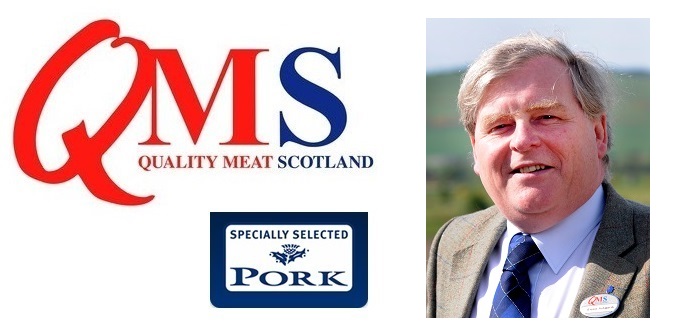Scotland is only around 25% self-sufficient in pigmeat products, compared with being 170% self-sufficient in beef and about 175% self-sufficient in sheepmeat, according to Quality Meat Scotland (QMS).
These widely differing figures are contained in a new QMS review of the “complexity” of the red meat production process in Scotland which the organisation’s Head of Economics, Stuart Ashworth, says presents both challenges and opportunities for the industry.
“Our red meat production process is underpinned by a diverse range of routes from farmgate to consumer plate,” said Mr Ashworth (pictured above). “Specialist butchers shops have an important role to play, but market research specialists Kantar reveal that only 20% of consumers buy meat and meat products from specialist butcher shops, highlighting the significance of multiple retailers to the sales of meat and meat products.”
“The concentration of slaughtering capacity in Scotland is another significant factor. During 2015, 24 Scottish abattoirs produced some 169,000 tonnes of beef, 27,500 tonnes of sheepmeat and 23,500 tonnes of pigmeat. Compared with 2014, this represented a small decline in beef and sheepmeat production and stability in pigmeat production.
“The five largest cattle abattoirs handle 70% of all the cattle, the five largest sheep abattoirs handle nearly 90% of the sheep and the five largest pig abattoirs kill over 90% of the pigs slaughtered in Scotland.”
He also pointed out that significant quantities of the meat consumed in Scotland are bought as processed product, for example cooked meat, sausages, pies and ready meals from retail shops, or as meals from restaurants, canteens, fast food outlets and sandwich bars.
“Indeed it is estimated that less than one-third of meat is sold as prime cuts or mince (carcase meat) and the proportion will be less for pigmeat products where bacon, sausages and cured products dominate,” said Mr Ashworth.




